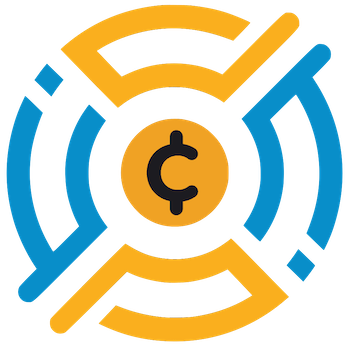The recent introduction of perpetual futures contracts for Pi Network’s token, PI, on Kraken has set the stage for what could potentially be a whirlwind of trading activity. Traders now have the opportunity to speculate on the token’s price movements with leverage up to 20 times. Yet, despite the hype that typically surrounds such launches, the actual impact on PI’s price has been far from encouraging. Just hours after the announcement, PI’s value tumbled by over 5%. One must question the sustainability of such speculative ventures in a market riddled with skepticism surrounding Pi Network’s decentralized ambitions.
Perpetual Futures: A Double-Edged Sword
The allure of perpetual futures contracts lies in their distinct structure—essentially allowing traders to engage with an asset without a set expiration date. This feature could lead to heightened liquidity on Kraken, but it also amplifies risks. The freedom to hold positions indefinitely could unleash waves of volatility, especially when one considers an environment where investor sentiment is already fragile. Moreover, both long and short positions are susceptible to liquidation, creating a scenario in which price swings are not merely likely but almost guaranteed. The question remains: are traders prepared for the storm?
Institutional Interest Meets Market Reality
While the listing on Kraken signifies a flicker of institutional interest in Pi Network, it does little to inspire confidence in the token’s long-term viability. The glaring absence of listings on major spot exchanges like Coinbase and Binance raises doubts. If institutional players have cast their nets towards PI, they are likely fishing for insights rather than commitment. The concentration of 60% of tokens held by the core team continues to be a significant red flag, suggesting a centralized approach that is antithetical to the very idea of decentralized finance.
The Reality of Regulatory Risks
Adding to this complexity are troubling developments in Vietnam, where a substantial portion of the validator nodes are located. As regulations tighten, the operational risks escalate. Compliance challenges could stifle the network’s decentralization efforts, thwarting investor expectations and heightening concerns over market manipulation. In essence, as regulatory bodies establish stricter frameworks, Pi Network’s growth trajectory could face serious headwinds that would alarm even the most fervent supporters.
A Fragile Market Environment
Since peaking above $1.50, PI has plummeted by nearly 50%, contrasting sharply with broader market trends. This downward spiral is not just a statistics game; it encapsulates fear and uncertainty that permeates investor sentiment. In a bearish market, the debut of perpetual futures contracts could be misused by short sellers, catalyzing undue pressure on an already precarious token. Heightened volatility could become the norm, overshadowing any potential gains from increased trading.
The world of cryptocurrency is often fraught with risks and opportunities, but the case of Pi Network serves as a cautionary tale. The introduction of leveraged trading may provide avenues for speculative gains, but at what cost to the long-term health of the project? As traders flock to leverage their positions, they must do so with eyes wide open, acutely aware of the underlying risks that could derail any optimistic forecasts.














